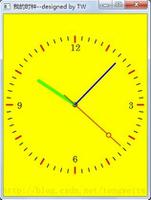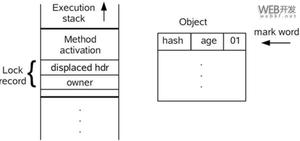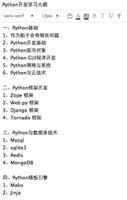Python学习笔记(一)类和继承的使用

一年前就打算学Python了,折腾来折腾去也一直没有用熟练,主要是类那一块不熟,昨天用Python写了几个网络编程的示例,感觉一下子迈进了很多。这几天把学习Python的笔记整理一下,内容尽量简洁。
下面这个例子演示类的基本使用:
# coding:utf-8class Test():
s = '这是一个静态变量'
def __init__(self):
print '这里是构造函数'
self.a = 1
self.b = 12
def __del__(self):
print '这里是析构函数'
def foo(self):
print '普通成员函数'
@staticmethod
def bar():
print '类的静态函数'
if __name__ == '__main__':
t = Test()
t.foo()
Test.bar()
print t.__class__
print Test.__bases__
print Test.s
很多书上很啰嗦的介绍Python的类,但是很多Python学习者本身已经具备了C++或者Java的基础,所以我直接尝试写了这个一个demo。
在Python中,构造函数使用了__init__,析构函数则使用了__del__。
在C++中,类的成员变量和函数都是编译之前就确定了,而Python可以再运行期确定。
上例中的s相当于静态变量,整个类共同拥有。
__init__函数中的self.a属于普通成员变量。如果你在某一个函数中使用了
self.c = 'foo'
之类的语句,意味着你在这一行为该对象添加了一个数据成员。
但是这里注意,只有运行这一行之后,对象的数据成员才添加了c。所以,Python的成员变量是可以在运行过程中增减的。
再看第二个示例,关于继承和组合的:
# coding:utf-8class Base():
def __init__(self, a, b):
print 'Base construct.'
self.a = a;
self.b = b;
self.t = Other()
def __del__(self):
print 'Base destroy.'
def foo(self):
print 'a = %s b = %s' % (self.a, self.b)
class Other():
def __init__(self):
print 'Other construct.'
def __del__(self):
print 'Other destroy.'
class Derived(Base):
def __init__(self, a, b):
Base.__init__(self, a, b)
print 'Derived construct.'
def __del__(self):
Base.__del__(self)
print 'Derived destroy.'
if __name__ == '__main__':
d = Derived("foo", "bar")
d.foo()
print d.__class__
print d.__class__.__bases__
print Derived.__bases__
Base是基类,Derived从Base中继承,同时Other类的一个对象是Derived的一个数据成员。
在本例中,注意,Derived的构造函数中,必须手工调用Base的构造函数,析构函数也是相同的用法。
最后一个例子,关于基类和派生类的函数覆盖问题:
# coding:utf-8class Foo():
def test(self):
print 'test in Base.'
class Bar(Foo):
def test(self):
print 'test in Derived.'
if __name__ == '__main__':
b = Bar()
b.test()
我们运行程序,打印的是:
test in Derived.
发现调用的是派生类的版本。这说明派生类的test函数覆盖了基类的版本。
这里需要注意,与C++不同,这里的Bar中的test函数,即使改变了参数也无所谓,总之,只要函数与基类中的函数重名,那就构成了覆盖。
如果在Bar的test函数中想调用基类的版本,可以使用:
Foo.test(self)
完整的代码如下:
# coding:utf-8class Foo():
def test(self):
print 'test in Base.'
class Bar(Foo):
def test(self):
Foo.test(self)
print 'test in Derived.'
if __name__ == '__main__':
b = Bar()
b.test()
完。
以上是 Python学习笔记(一)类和继承的使用 的全部内容, 来源链接: utcz.com/z/386660.html









